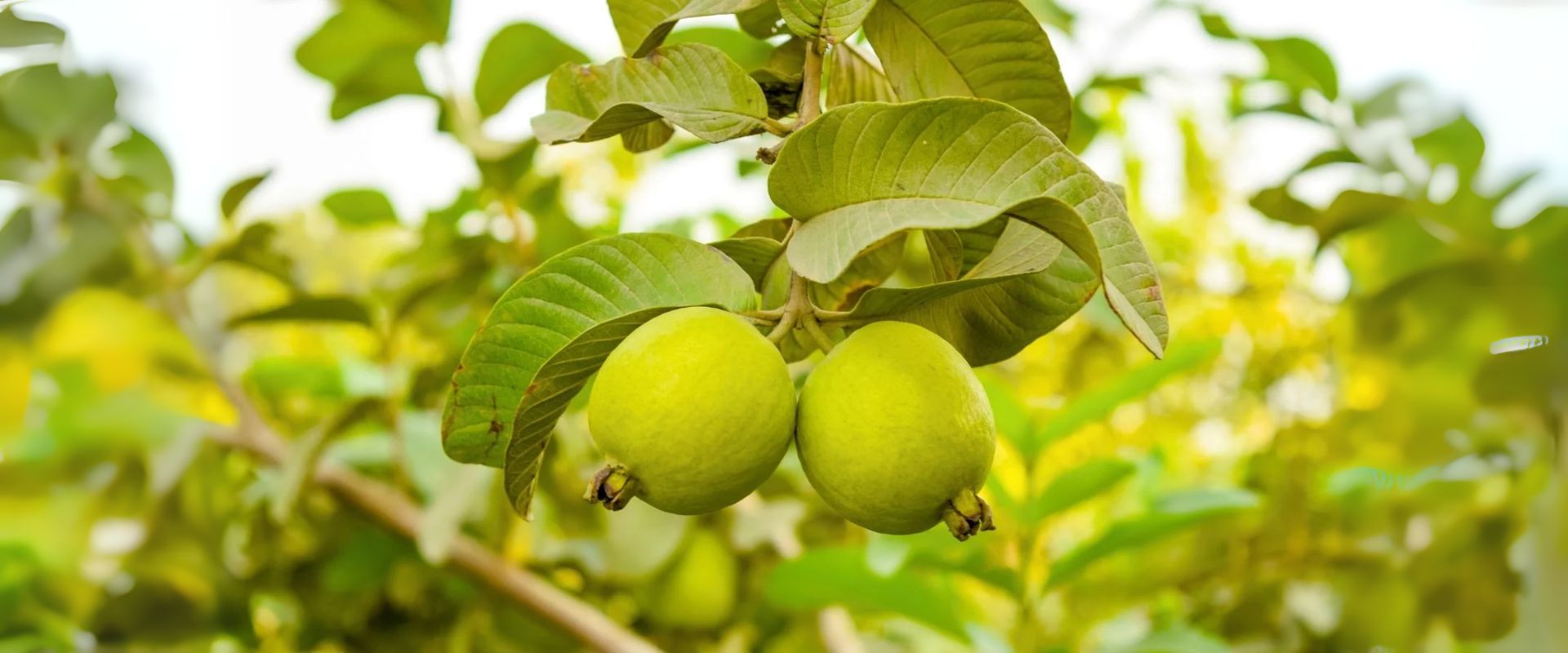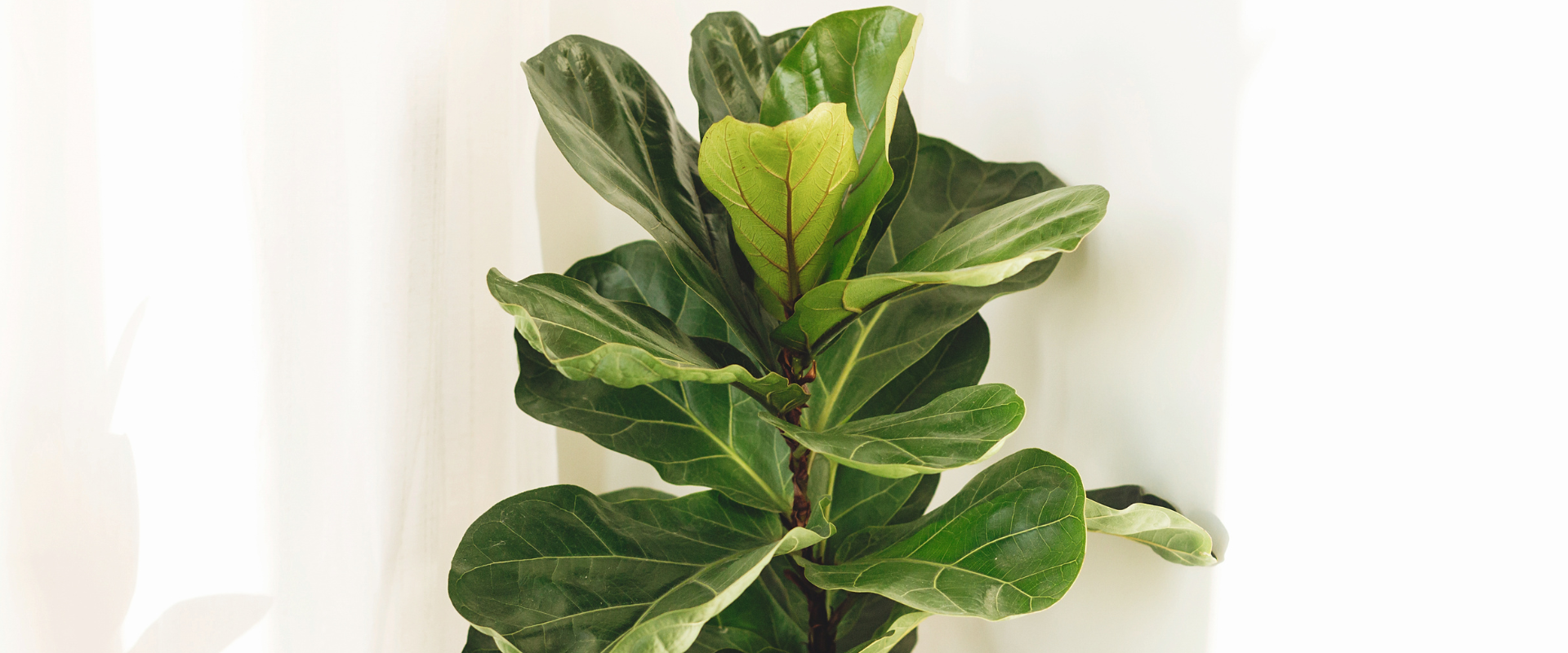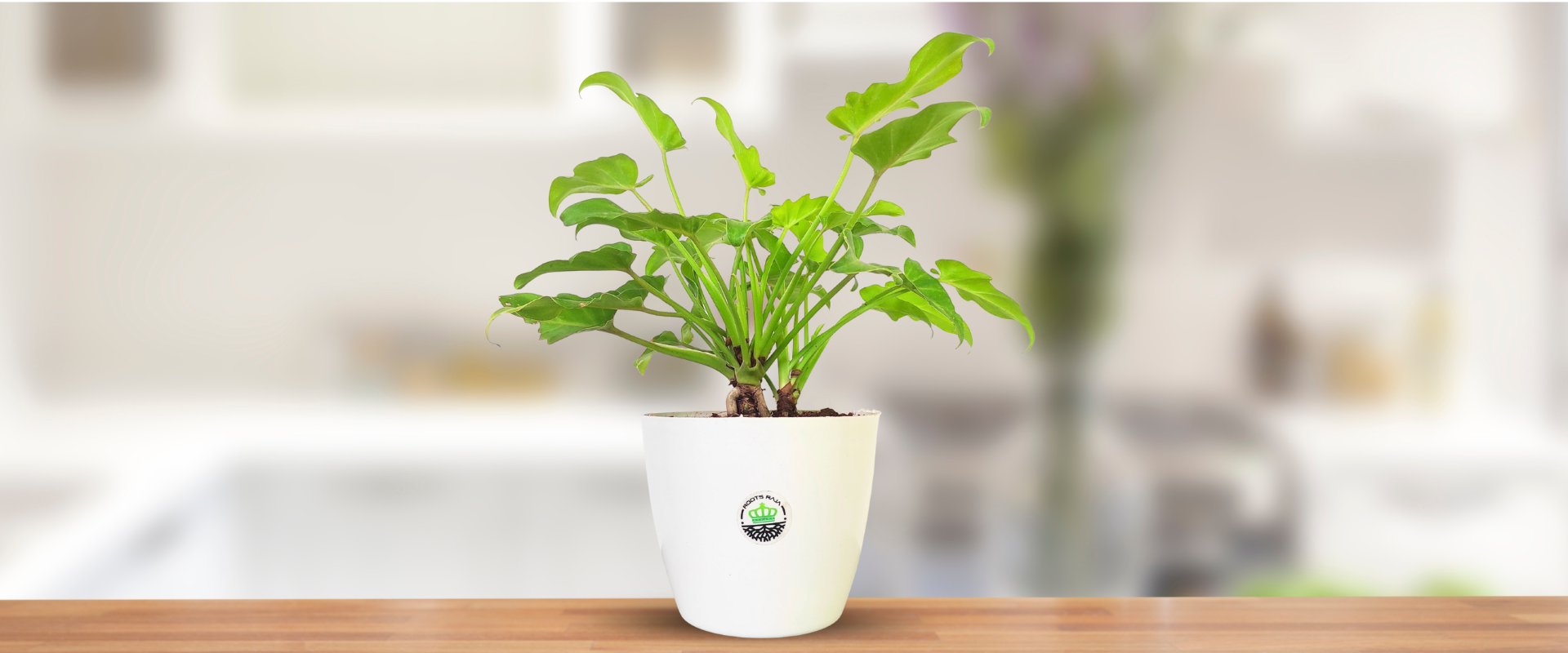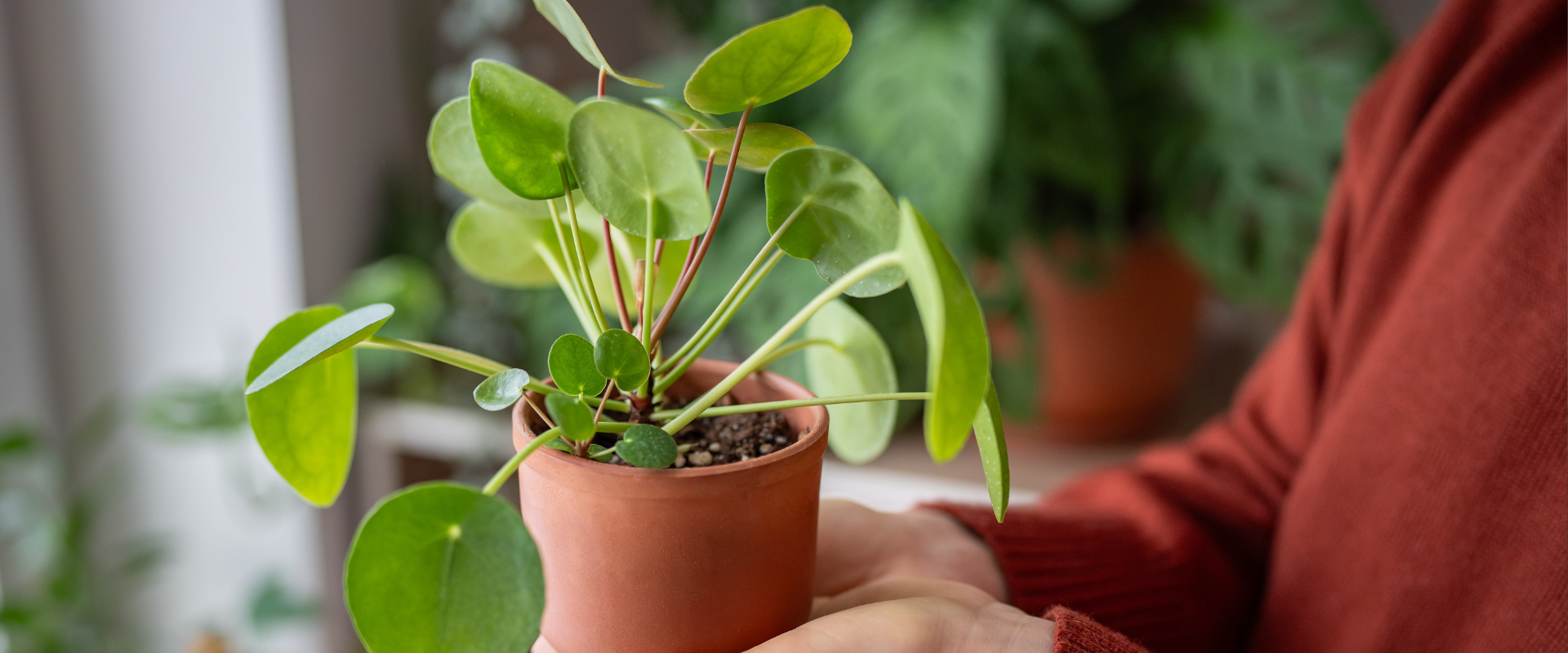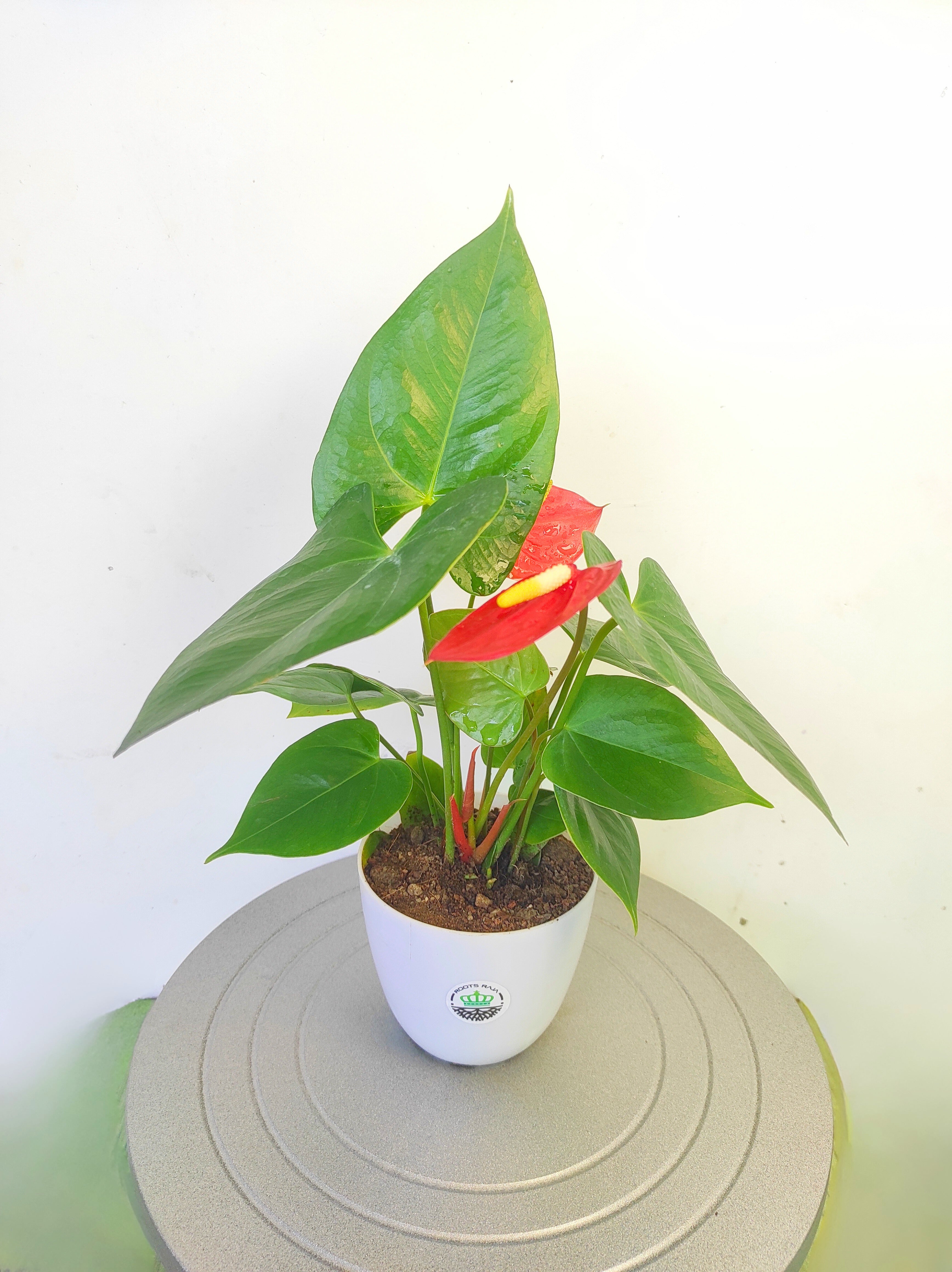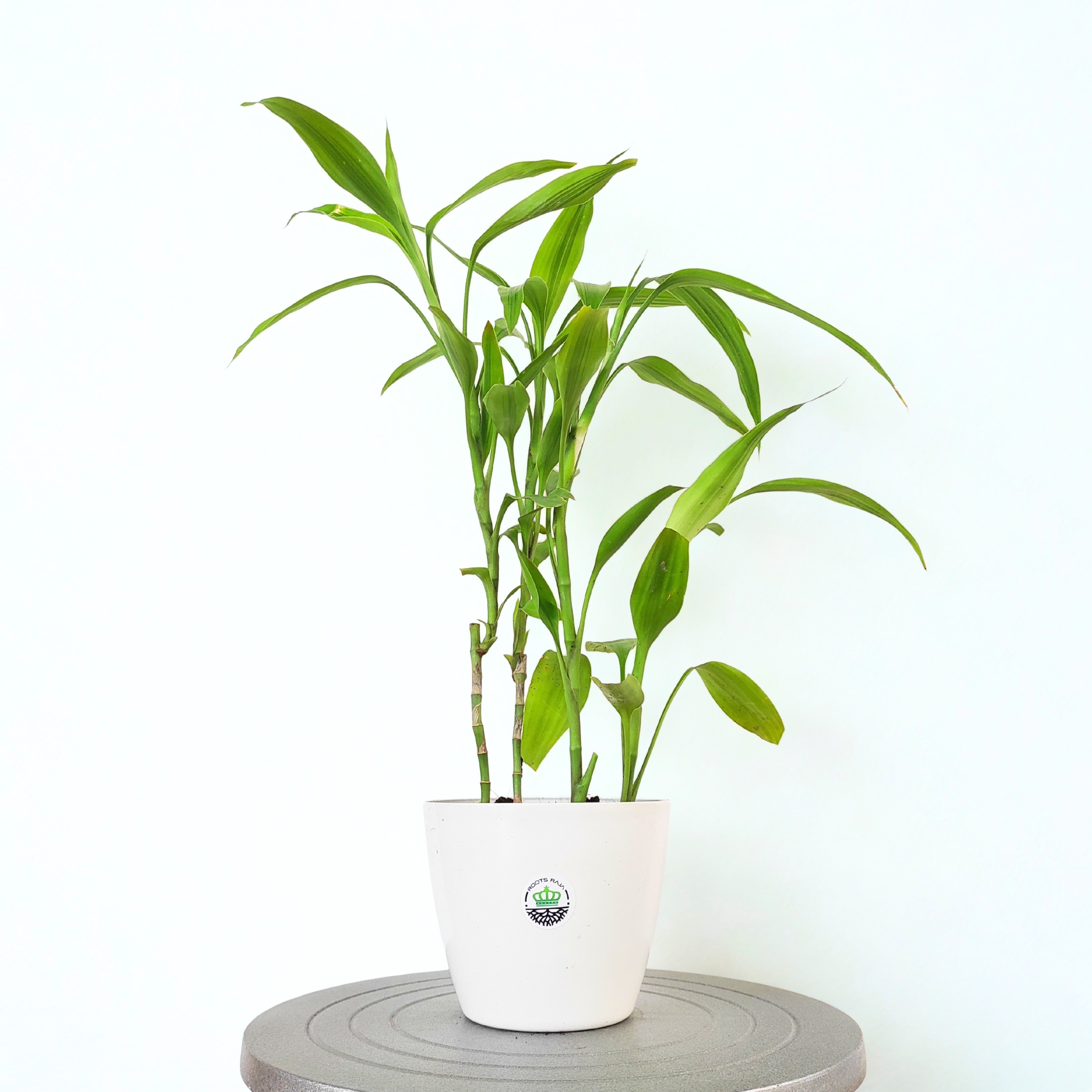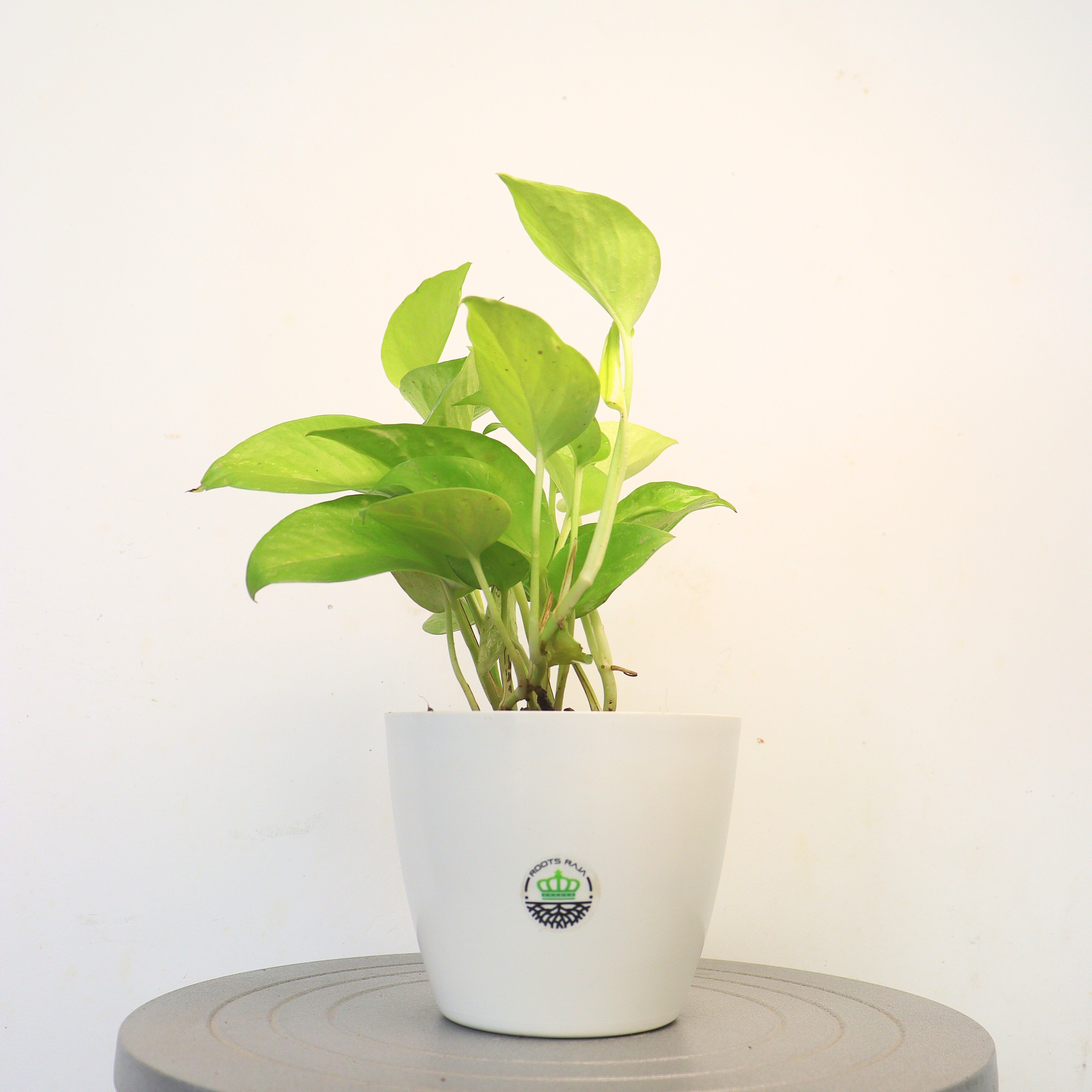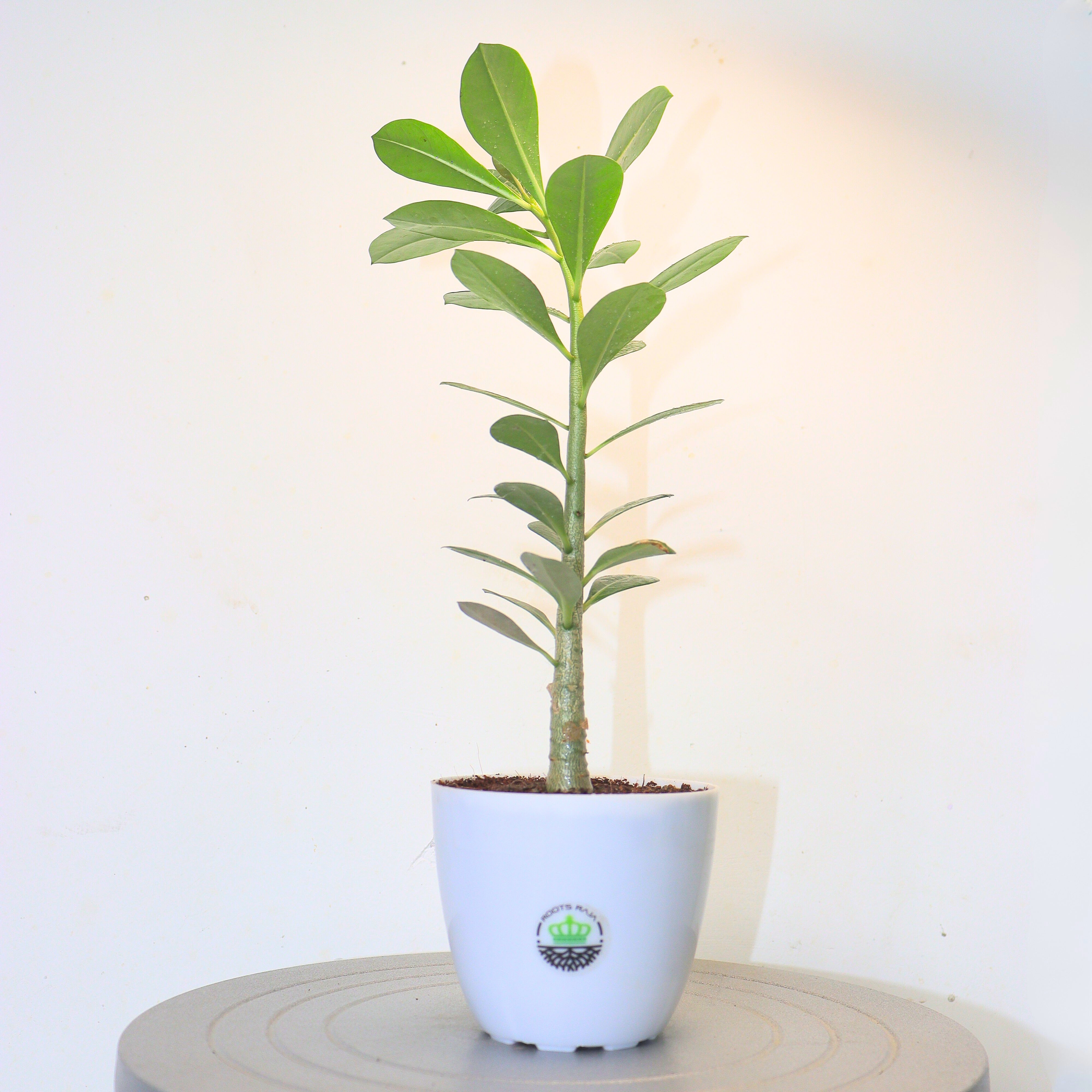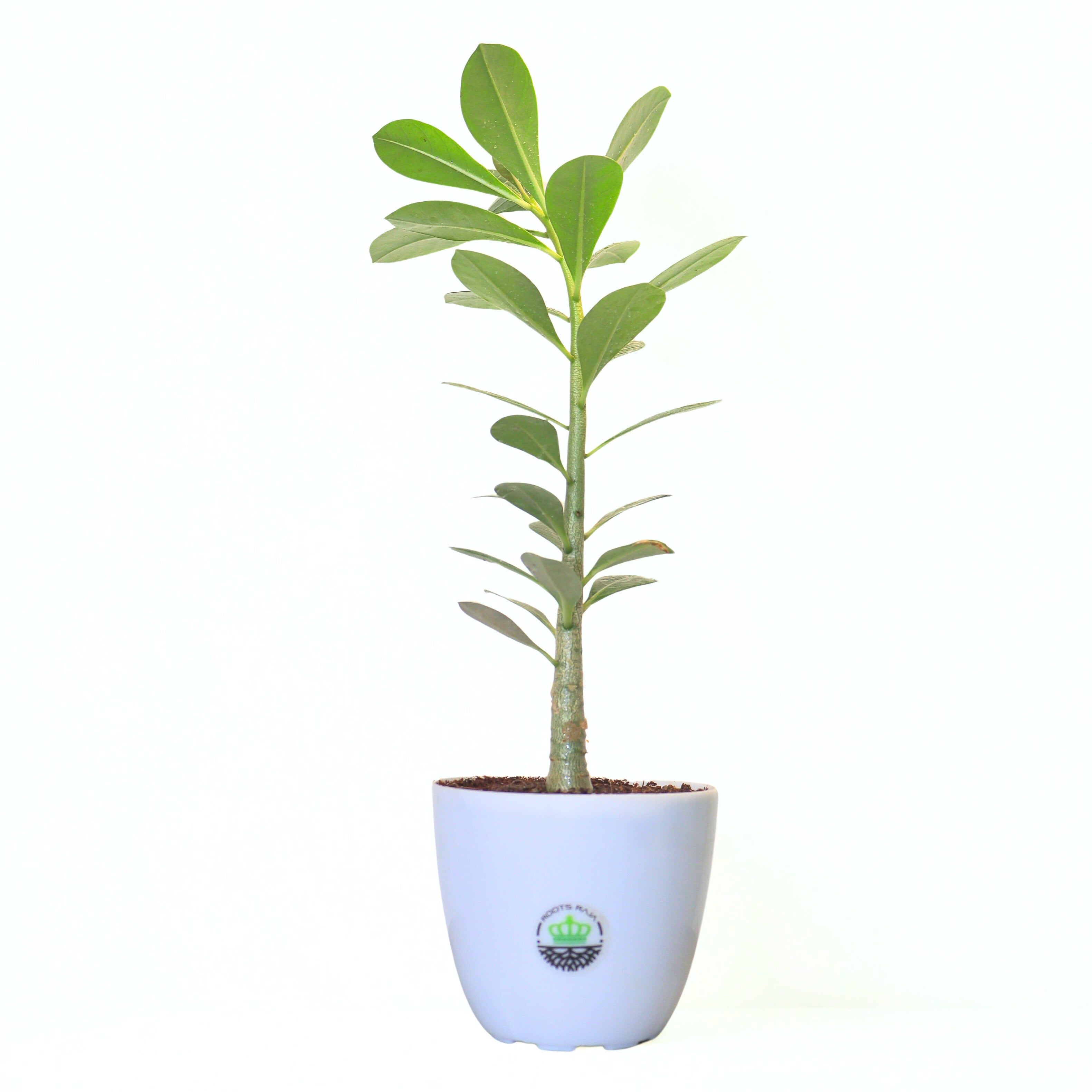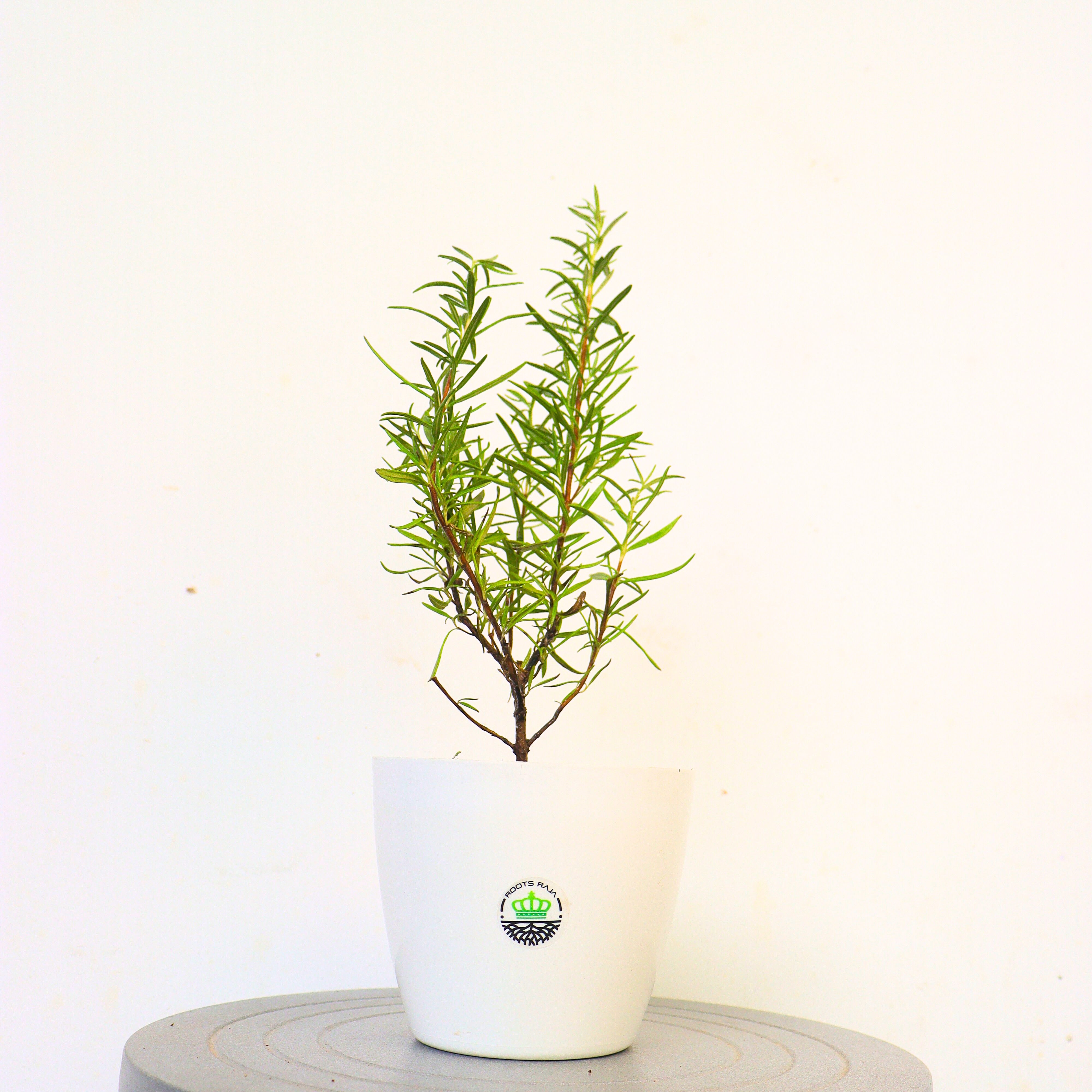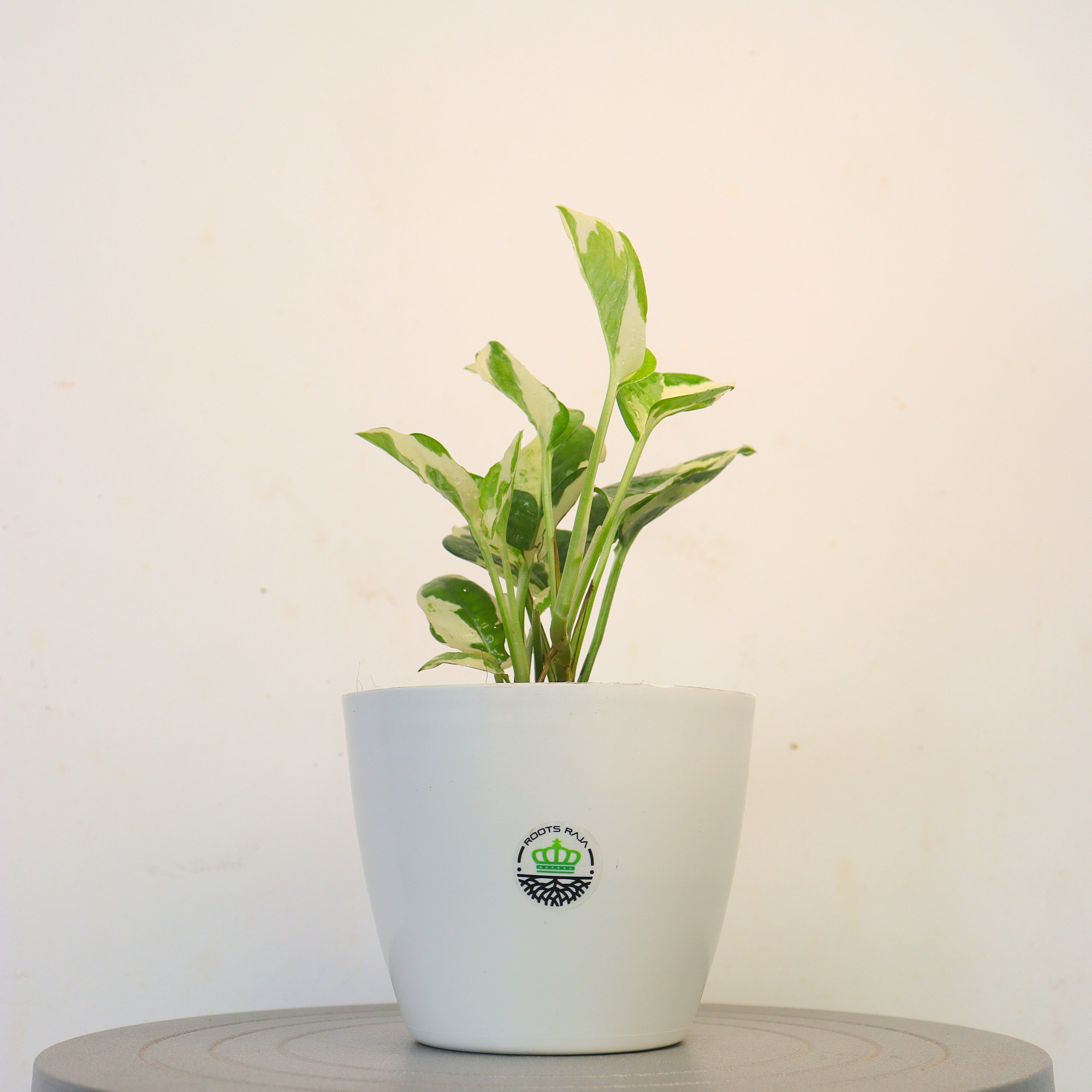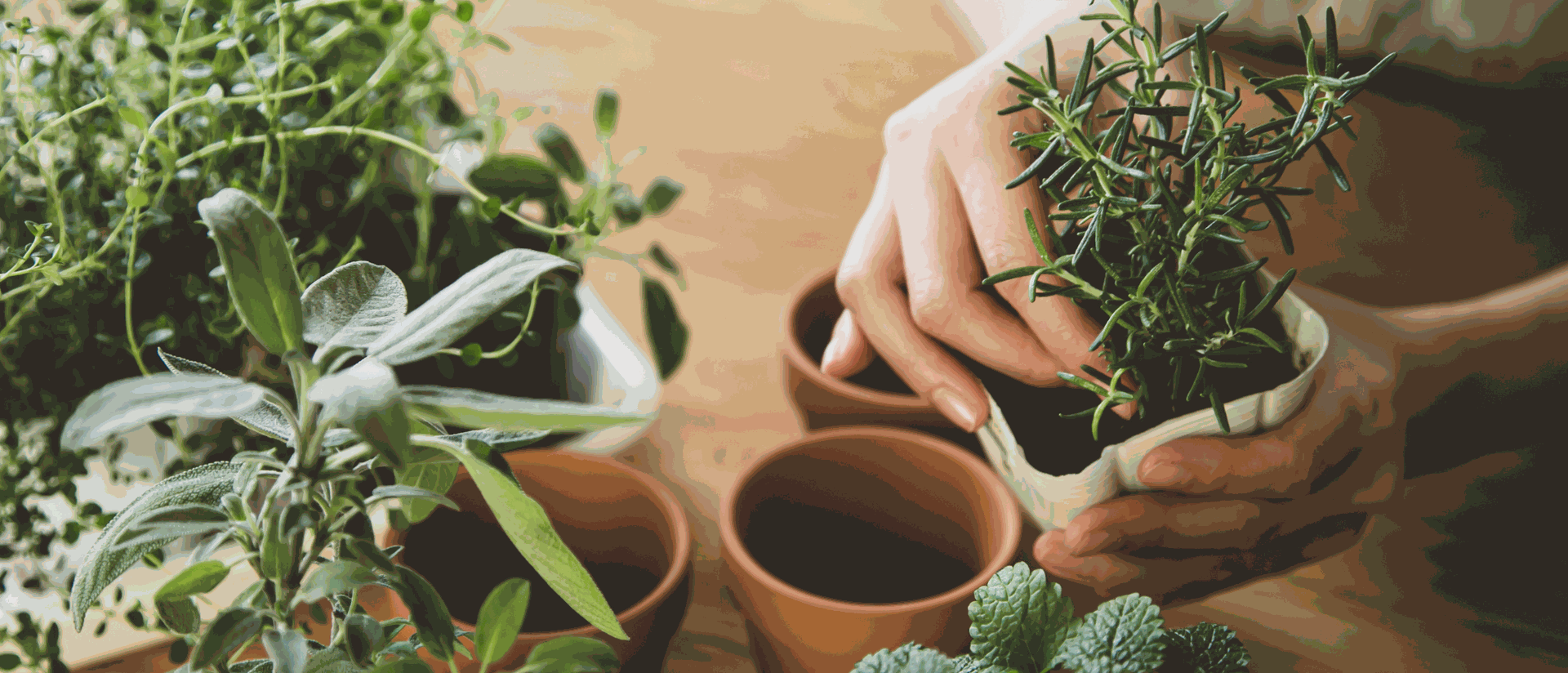
Essential Tips for Plant Care During the Rainy Season
The rainy season is a boon for gardeners and plant lovers alike, as it brings a natural abundance of water, cooler temperatures, and fresh growth. However, this season also presents unique challenges, particularly in maintaining the health and vibrancy of both indoor and outdoor plants. Whether you're nurturing the best indoor plants or caring for outdoor greenery, these essential tips will help ensure your plants thrive during the monsoon.
Understanding the Rainy Season's Impact on Plants
The rainy season's heavy showers can saturate the soil, causing root rot and fungal infections if not managed properly. Excess moisture can also attract pests like snails and slugs, which thrive in damp conditions. On the flip side, rainwater is naturally soft and free of chemicals, providing a much-needed break from hard tap water.
Proper Drainage Is Key
One of the most important aspects of plant care during the rainy season is ensuring proper drainage. For outdoor plants, check that the soil isn't becoming waterlogged. If necessary, improve soil drainage by mixing in organic matter like compost or sand. For indoor plants, ensure that pots have sufficient drainage holes to avoid water accumulation at the bottom. Raising the pots a bit can also help prevent waterlogging.
When shopping for new plants online, consider varieties that are more resilient to excessive moisture. Succulents like Aloe Vera and snake plant varieties are great choices because they need little water and can handle short periods of damp soil.
Protecting Plants from Fungal Infections
The rainy season is prime time for fungal infections due to the high humidity and constant moisture. To protect your plants:
- Regular Pruning: Remove dead or decaying leaves and stems promptly. This reduces the chances of fungal growth & promotes better air circulation.
- Neem Oil Spray: As a natural fungicide, neem oil can help prevent fungal infections. A gentle spray once a week can keep your plants healthy.
- Avoid Overcrowding: Space your plants adequately to ensure they have room to breathe. This is particularly important for outdoor garden plants like Roses and Hibiscus, which are prone to fungal diseases.
Monitor Watering Needs
It's easy to assume that plants don't need additional watering during the rainy season, but that's not always the case. Indoor plants might still need light watering if not exposed to rain, especially those in warmer, dryer indoor environments. However, be cautious not to overwater.
For outdoor plants, if the rain is heavy and consistent, you can reduce or skip watering altogether. Plants like Jasmine and Mint, which are popular in outdoor gardens, will appreciate the extra rain but can suffer if overwatered.
Shielding Plants from Excess Rain
While plants need water, too much of it can be harmful. If you're expecting heavy rainfall, consider moving delicate outdoor plants to a sheltered area or using a transparent cover to protect them from the downpour. For indoor plants placed near windows, ensure that they aren't directly exposed to rainwater that might seep in.
Pest Control Measures
The wet conditions of the rainy season can invite a host of pests like snails, slugs, and aphids. Here's how you can keep them at bay:
- Natural Barriers: Create barriers using crushed eggshells or coffee grounds around your plants. This deters snails and slugs from reaching them.
- Handpicking: Regularly check your plants and remove pests by hand if possible.
- Organic Pesticides: Use organic solutions like neem oil or soapy water to manage aphids and other insects.
Fertilizing Wisely
During the rainy season, plants might need an extra boost of nutrients to counteract the nutrient loss due to heavy rains. However, it's essential to use fertilizers sparingly, as over-fertilization can lead to root burn, especially in waterlogged soil. Opt for organic fertilizers that release nutrients slowly and are less likely to cause harm.
Choosing the Right Plants for the Season
Certain plants are better suited for the rainy season. If you're considering adding new plants to your collection, go for varieties that thrive in moist conditions. Some of the best indoor plants for this season include Peace Lily and Spider Plant, both known for their air-purifying qualities and adaptability to varying moisture levels.
Final Thoughts
Caring for plants during the rainy season requires a bit more attention to detail, but with the right practices, your plants can flourish. Whether you're tending to indoor greenery or cultivating a thriving outdoor garden, these gardening tips will help ensure your plants stay healthy & vibrant all season long. For those looking to expand their plant collection, RootsRaja offers a variety of options suited to different environments, ensuring your plants stay healthy throughout the year.
Whether you are just starting out your gardening journey or are an experienced gardener, these essential tips will help you enjoy a lush & vibrant garden even during the heaviest rains. Happy gardening!

